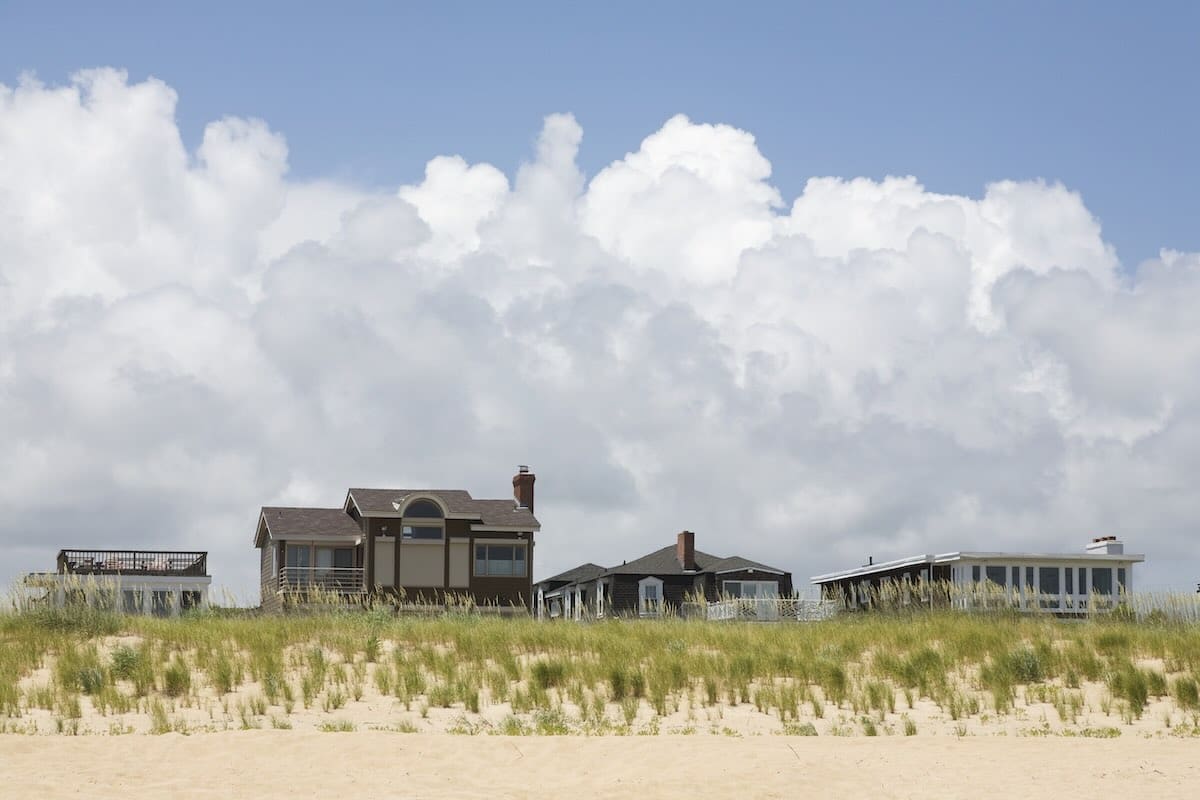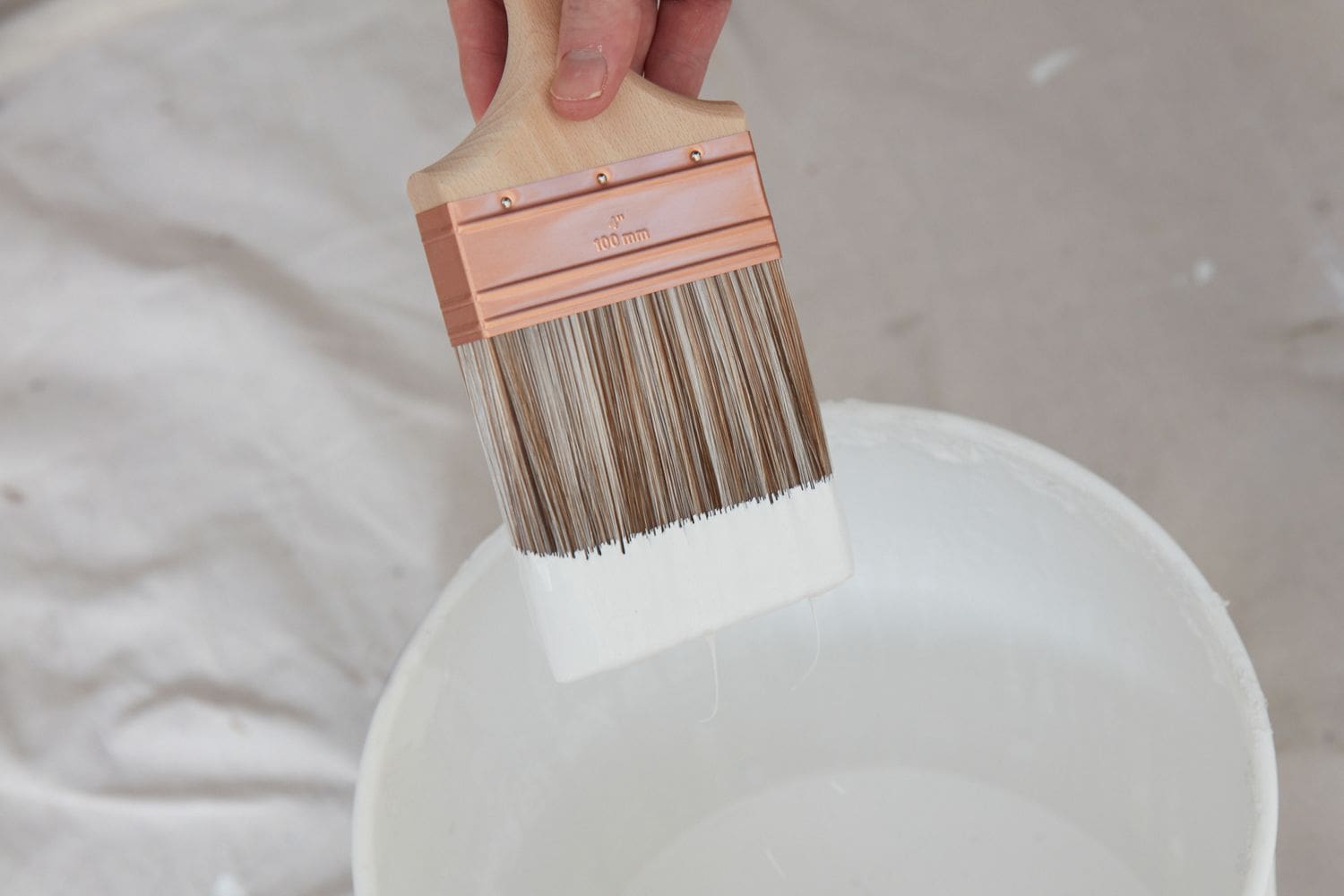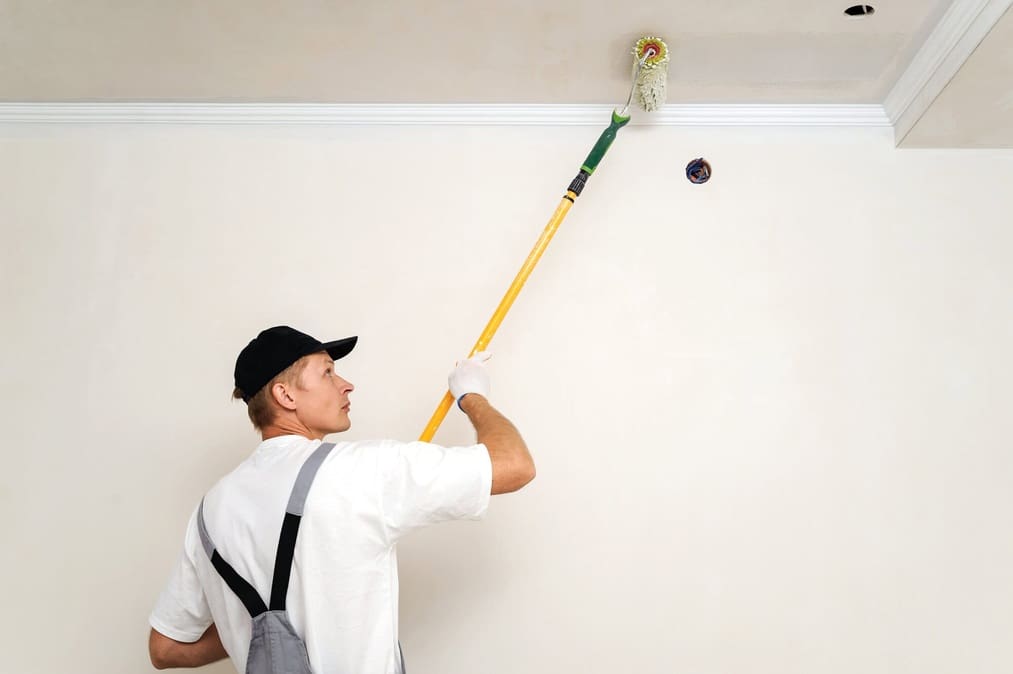
How Coastal Weather Impacts Your Home’s Exterior Paint in Rhode Island
Living near the Rhode Island shoreline has its undeniable perks: ocean breezes, scenic views, and that unmistakable coastal charm. But if you own a home along the coast, you’ve likely noticed that your exterior paint doesn’t seem to last as long as it should. That’s no coincidence.
Coastal weather is tough on exterior surfaces—especially paint. Between the salty air, high humidity, seasonal storms, and temperature swings, your home is constantly being challenged by the elements. And over time, those challenges can lead to fading, peeling, cracking, and even damage to the underlying structure if not addressed properly.
In this post, we’ll break down exactly how weather affects exterior house paint in coastal regions like Rhode Island—and what steps you can take to protect your home for the long haul.
Salt Air and Sea Spray: Corrosive and Constant
If you’ve ever felt a fine mist in the air on a breezy beach day, you’ve experienced salt spray firsthand. Along the Rhode Island coast, salt-laden air is a constant—traveling far beyond the shoreline and settling invisibly onto homes, windows, and exterior trim.
Here’s what that means for your paint:
- Salt deposits break down paint film – As salt accumulates on painted surfaces, it degrades the outer layer, reducing the protective quality of the finish.
- Adhesion problems – Salt interferes with how paint bonds to wood or siding. Over time, this can lead to flaking or bubbling.
- Damage to detailed trim – Trim and fascia boards are especially vulnerable since salt air often accumulates in crevices and corners, where moisture lingers longer.
What’s more, coastal winds can carry salt spray miles inland, meaning even homes that aren’t directly on the water can still suffer the effects.
Routine maintenance—like gentle power washing to remove salt buildup—is essential, but it’s not enough on its own. Coastal homes need high-performance primers and paint systems that are specifically designed to resist salt exposure.
Humidity and Moisture: A Breeding Ground for Peeling and Mold
Rhode Island’s coastal climate brings high humidity levels for much of the year. That humidity doesn’t just make summer days feel muggy—it also plays a major role in how your exterior paint holds up over time.
Here’s how moisture impacts your home’s exterior:
- Wood expansion and contraction – When the air is humid, wooden siding and trim absorb moisture and expand. As humidity drops, the wood contracts. This constant movement stresses the paint film, causing it to crack and eventually peel.
- Trapped moisture = blistering paint – If water gets behind the paint layer—especially on shady or north-facing walls where drying is slower—it can cause bubbling, blistering, or separation from the surface.
- Mold and mildew growth – Coastal humidity creates an ideal environment for mildew, particularly in areas where air circulation is poor. Once mildew takes hold, it can stain or degrade the paint finish and potentially damage the underlying structure.
To combat these issues, professional painters use breathable paint systems that allow moisture to escape while sealing out further intrusion. Choosing a paint with mildewcide additives also helps prevent organic growth on siding and trim.
Freeze-Thaw Cycles: The Hidden Winter Culprit
While summer gets most of the attention when it comes to paint wear, winter weather in Rhode Island brings a different—and often more destructive—set of challenges. The biggest offender? Freeze-thaw cycles.
Here’s how they impact your home’s paint:
- Water infiltration into small cracks – Even the tiniest cracks in your paint or caulk can allow water to seep in. When temperatures drop below freezing, that trapped water expands.
- Expansion causes paint failure – As frozen moisture pushes outward, it breaks the bond between the paint and the surface, causing flaking and peeling.
- Repeated cycles = major damage – Rhode Island’s coastal climate frequently shifts above and below freezing throughout late fall and winter. This back-and-forth movement takes a toll on paint, caulk, and even wood itself.
To avoid this, high-performance exterior painting should always include flexible caulking and weather-resistant primers—products designed to move with the surface and seal against moisture year-round.
UV Exposure and Wind: More Than Just Cosmetic Damage
Rhode Island might not be tropical, but coastal homes still endure significant sun exposure, especially in open areas or on south- and west-facing walls. And when paired with frequent wind gusts off the water, the impact on exterior paint is more than just surface-deep.
Here’s how UV rays and wind work together to wear down your exterior:
- Sunlight breaks down paint resins – Ultraviolet (UV) rays degrade the chemical bonds in paint, causing it to fade, dry out, and lose elasticity. This is especially noticeable in dark colors and glossy finishes.
- Chalking and fading – Faded paint often develops a chalky film that rubs off on your hand. It’s a sure sign the coating is deteriorating and no longer protecting your siding or trim.
- Wind-driven erosion – Coastal winds carry fine sand, salt, and debris that act like sandpaper against your paint. These micro-abrasions gradually thin the coating and expose the substrate beneath.
These effects aren’t just cosmetic—they shorten your paint’s lifespan and increase the frequency of repainting if left unchecked.
To defend against UV and wind exposure, homeowners should choose fade-resistant, high-solids exterior paints specifically formulated for weather extremes. A professional application with proper surface prep is also critical to prevent premature breakdown.
Your Home Needs Coastal-Grade Protection
Living near the coast means your home needs more than just a good-looking paint job—it needs a protective coating system built to withstand Rhode Island’s unique weather challenges. From salt spray and moisture to UV rays and freeze-thaw cycles, your exterior faces year-round stress that average paint products simply aren’t designed to handle.
The key to long-lasting results? It comes down to three things:
- The right prep – Proper cleaning, sanding, caulking, and priming are non-negotiable. They create the foundation for everything that follows.
- The right products – Not all exterior paints are created equal. Coastal-grade paints resist fading, peeling, and mildew growth far better than basic formulas.
- The right application – Even the best paint won’t last if it’s applied in the wrong weather conditions or on an unprepared surface. Professional painters know when and how to get it right.
If your paint is showing signs of wear—or you’re simply planning ahead—it may be time to give your home the protection it deserves. A properly executed exterior paint job doesn’t just improve curb appeal; it helps preserve the structure and value of your home.
Ready to weatherproof your exterior the right way? Request a free consultation with Prep Smart Painting and let our team tailor a plan built for Rhode Island homes like yours.






